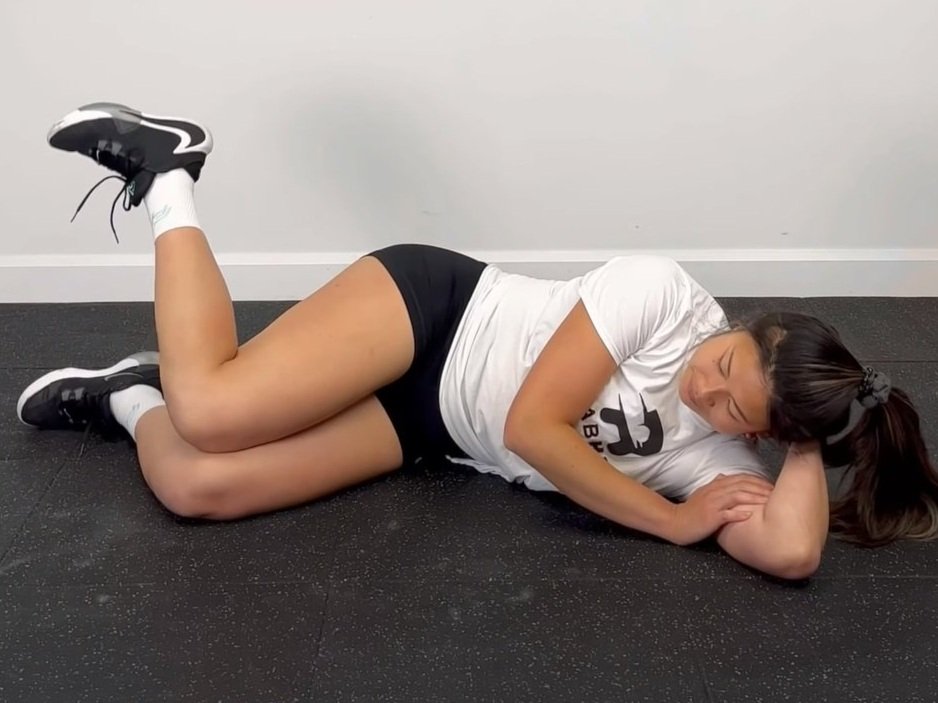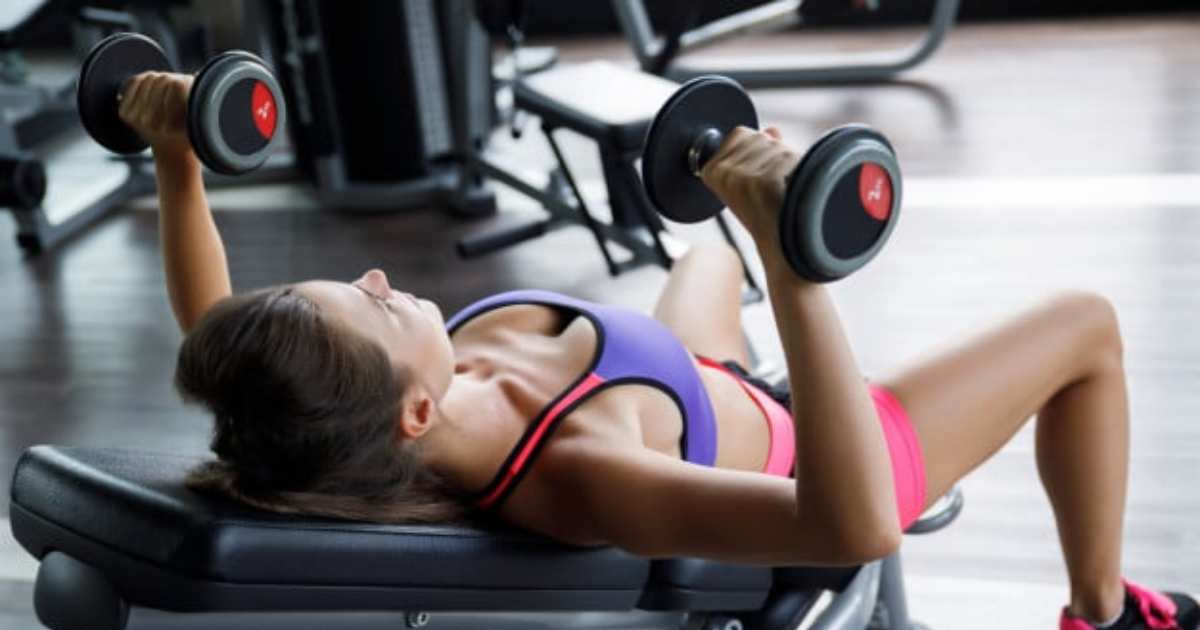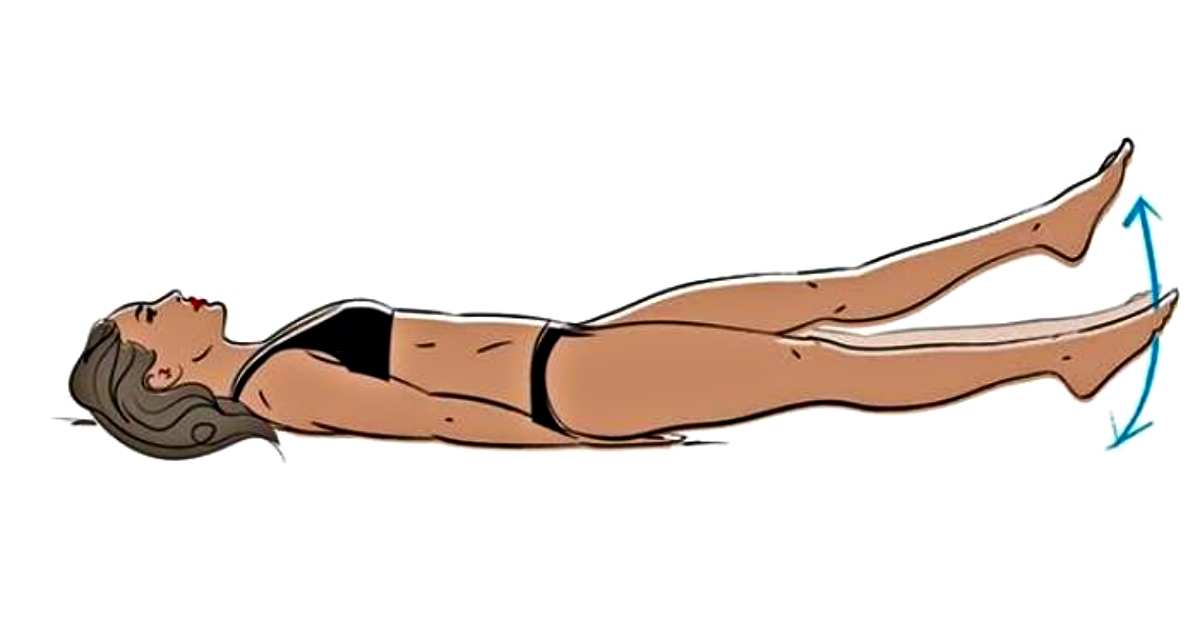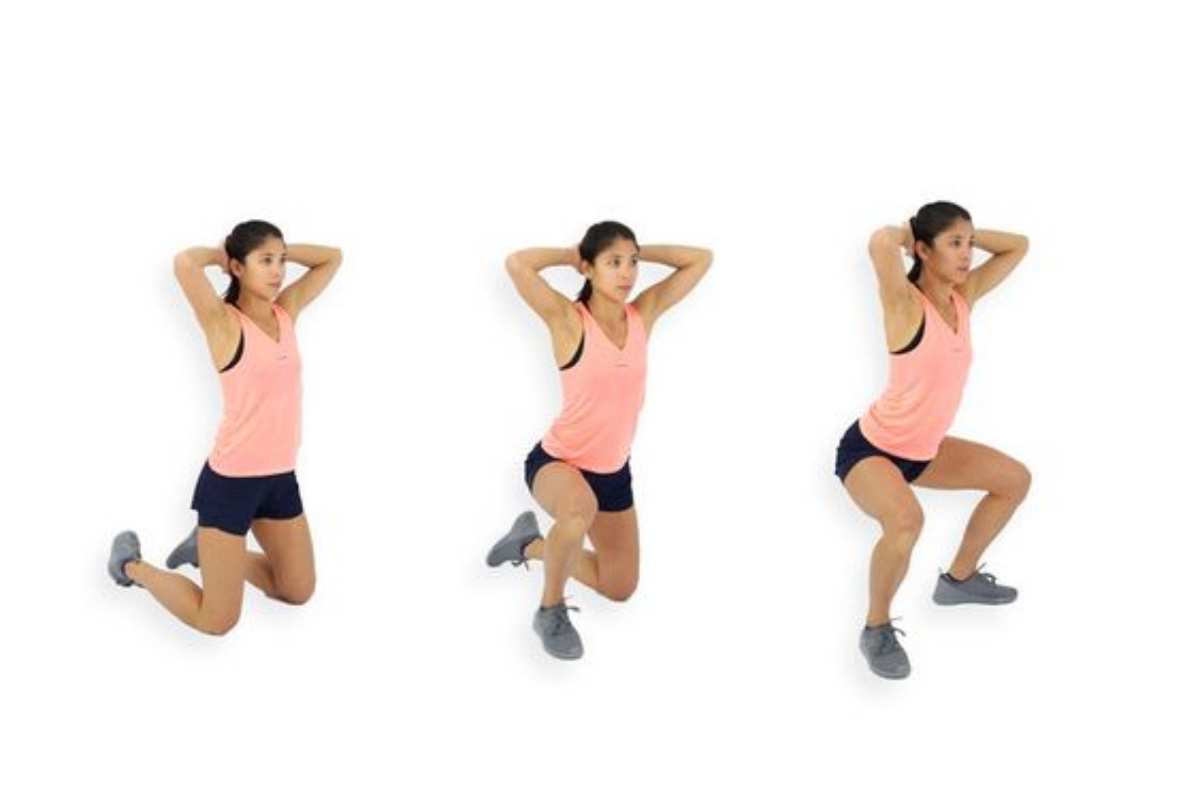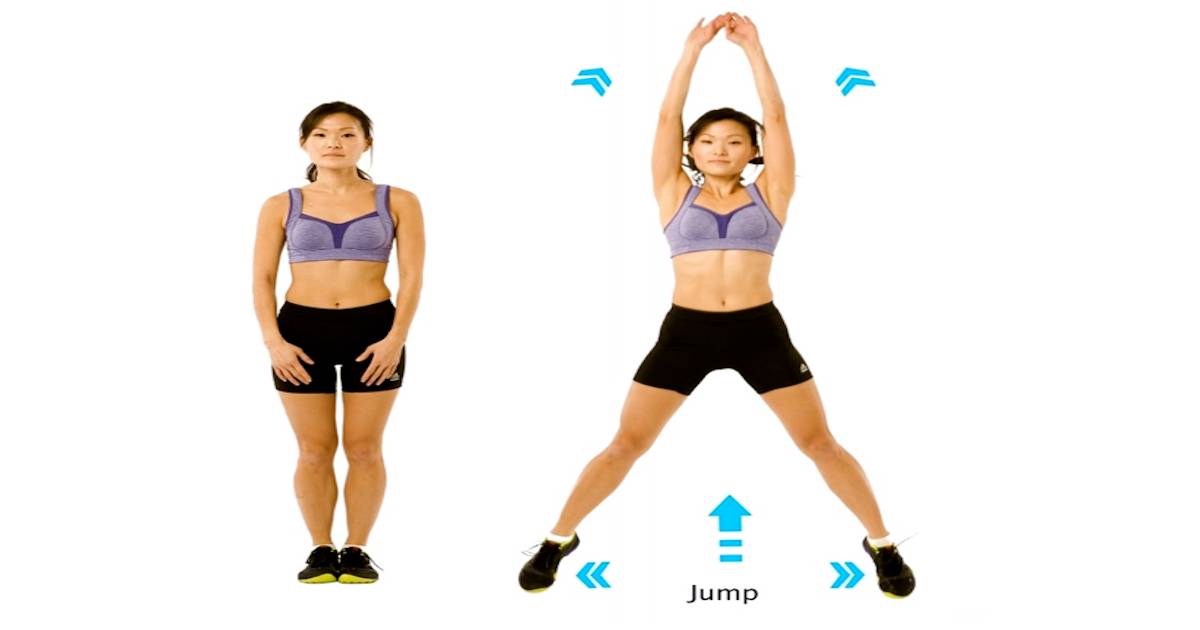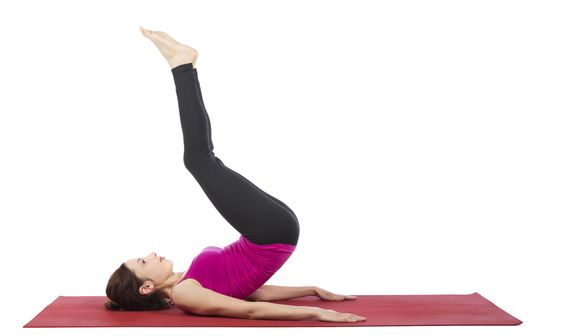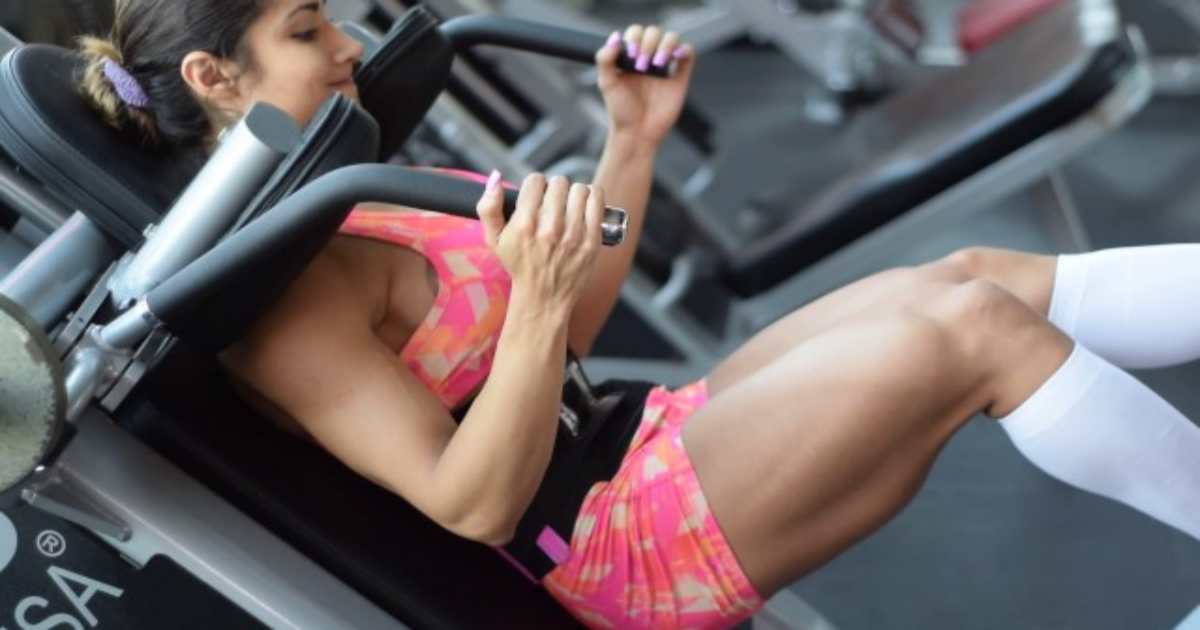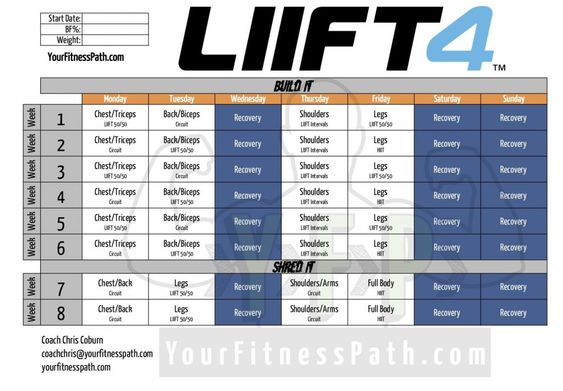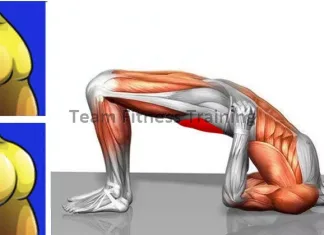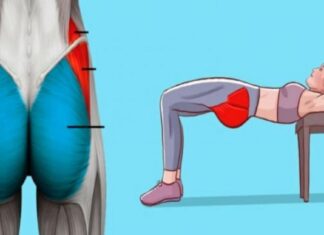If you’re looking to strengthen your glutes and improve your hip mobility, the reverse clamshell exercise is a great addition to your workout routine. This exercise targets the gluteus medius, a muscle that is often neglected but plays a crucial role in stabilizing the hips and preventing injuries.
In this article, we’ll discuss the benefits of the reverse clamshell exercise, the muscles it works, and how to perform it correctly. We’ll also cover some variations to keep your workouts challenging and effective.
Benefits of the Reverse Clamshell Exercise
The reverse clamshell exercise offers a range of benefits, including:
- Strengthening the gluteus medius: The gluteus medius is responsible for stabilizing the hips and preventing injuries. By strengthening this muscle, you can improve your balance and reduce the risk of hip, knee, and lower back pain.
- Improving hip mobility: The reverse clamshell exercise involves rotating the hip, which can help improve hip mobility and range of motion.
- Enhancing athletic performance: Strong glutes are essential for many athletic movements, such as running, jumping, and squatting. By targeting the gluteus medius, the reverse clamshell exercise can improve your overall athletic performance.
- Preventing injuries: Weak glutes can lead to imbalances and compensations in the body, which can increase the risk of injuries. By strengthening the gluteus medius, the reverse clamshell exercise can help prevent injuries and improve overall movement patterns.
Muscles Worked by the Reverse Clamshell Exercise
The reverse clamshell exercise primarily targets the gluteus medius, but it also works other muscles in the hips and thighs. These include:
- Gluteus maximus: The largest muscle in the glutes, the gluteus maximus, is responsible for hip extension and plays a crucial role in movements like running, jumping, and squatting.
- Gluteus minimus: Located underneath the gluteus medius, the gluteus minimus also helps stabilize the hips and maintain balance.
- Tensor fasciae latae: This muscle is located on the side of the hip and helps with hip flexion and abduction.
- Quadriceps: The quadriceps are a group of four muscles in the front of the thigh that work together to extend the knee.
- Hamstrings: The hamstrings are a group of three muscles in the back of the thigh that work together to flex the knee and extend the hip.
How to Do the Reverse Clamshell Exercise
To perform the reverse clamshell exercise, follow these steps:
- Lie on your side with your knees bent and your feet stacked on top of each other.
- Place your top hand on your hip to help stabilize your body.
- Engage your core and lift your top knee towards the ceiling, keeping your feet together.
- Pause for a moment at the top, then slowly lower your knee back to the starting position.
- Repeat for the desired number of repetitions, then switch sides.
Tips for Proper Form
To get the most out of the reverse clamshell exercise and prevent injury, keep these tips in mind:
- Keep your hips stacked: Make sure your hips stay stacked on top of each other throughout the movement. This will ensure that you’re targeting the correct muscles and not compensating with other muscles.
- Keep your feet together: Keep your feet together throughout the movement to target the gluteus medius and prevent your top leg from taking over.
- Engage your core: Engaging your core will help stabilize your body and prevent your hips from rotating.
- Don’t lift your leg too high: Avoid lifting your leg too high, as this can cause your hips to rotate and take the focus off the gluteus medius.
Reverse Clamshell Exercise Variations
To keep your workouts challenging and prevent boredom, try these variations of the reverse clamshell exercise:
Resistance Band Reverse Clamshell
To add resistance to the reverse clamshell exercise, place a resistance band around your thighs, just above your knees. This will make the exercise more challenging and target the muscles in a different way.
Weighted Reverse Clamshell
To make the reverse clamshell exercise more challenging, you can add weight by holding a dumbbell or kettlebell on your top thigh. This will increase the resistance and help build strength in the glutes.
Single-Leg Reverse Clamshell
To make the reverse clamshell exercise more challenging and target each glute individually, try the single-leg variation. Instead of stacking your feet, extend your top leg and perform the exercise with just one leg.
Incorporating the Reverse Clamshell Exercise into Your Workout Routine
The reverse clamshell exercise can be incorporated into your lower body or full-body workout routine. Here are some ideas for how to include it:
- Lower body workout: Perform 3 sets of 12-15 repetitions on each side, resting for 30 seconds between sets.
- Full-body workout: Perform 3 sets of 12-15 repetitions on each side, resting for 30 seconds between sets. Combine with other lower body exercises, such as squats, lunges, and deadlifts, for a complete lower body workout.
- Glute activation: Use the reverse clamshell exercise as part of your warm-up routine to activate your glutes before a workout.
Conclusion
The reverse clamshell exercise is a simple yet effective way to strengthen your glutes and improve your hip mobility. By incorporating it into your workout routine and trying different variations, you can target the gluteus medius and other muscles in the hips and thighs for a stronger, more stable body. Remember to focus on proper form and engage your core to get the most out of this exercise.

